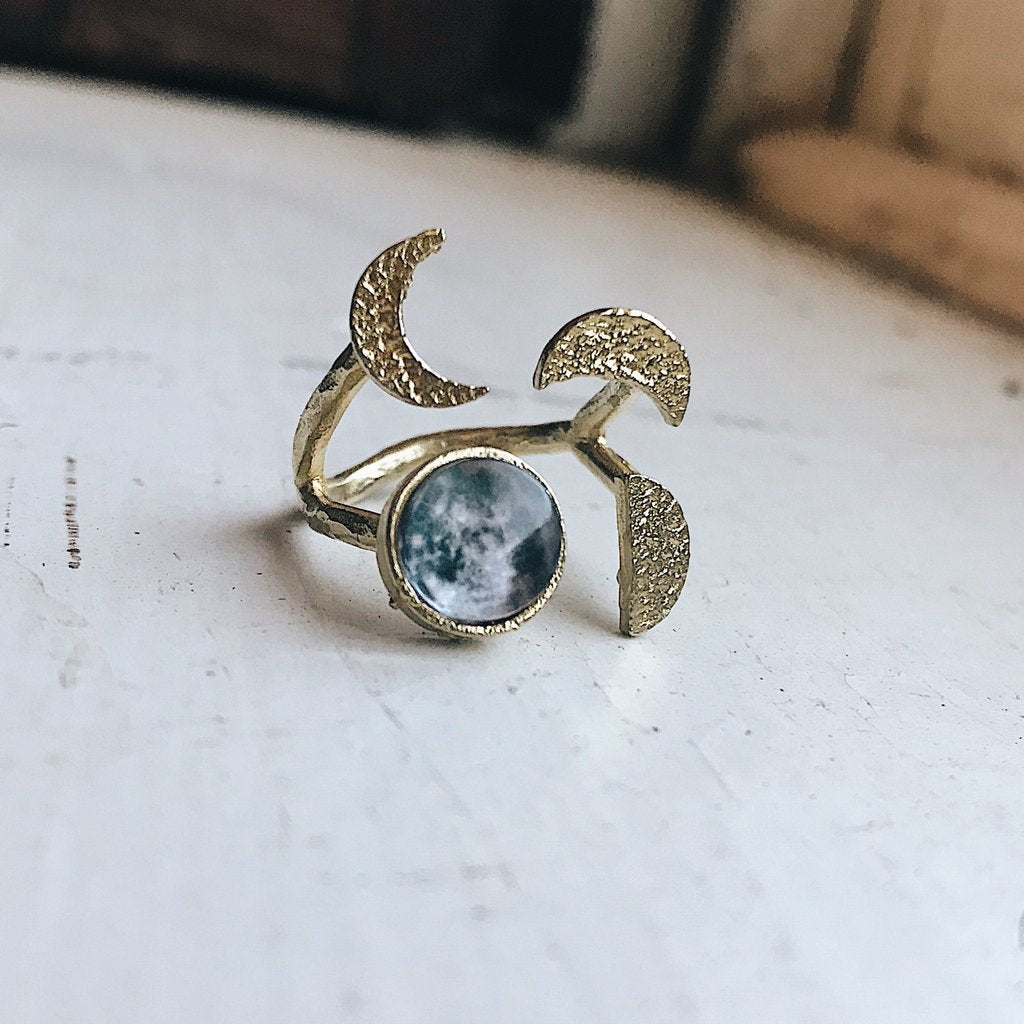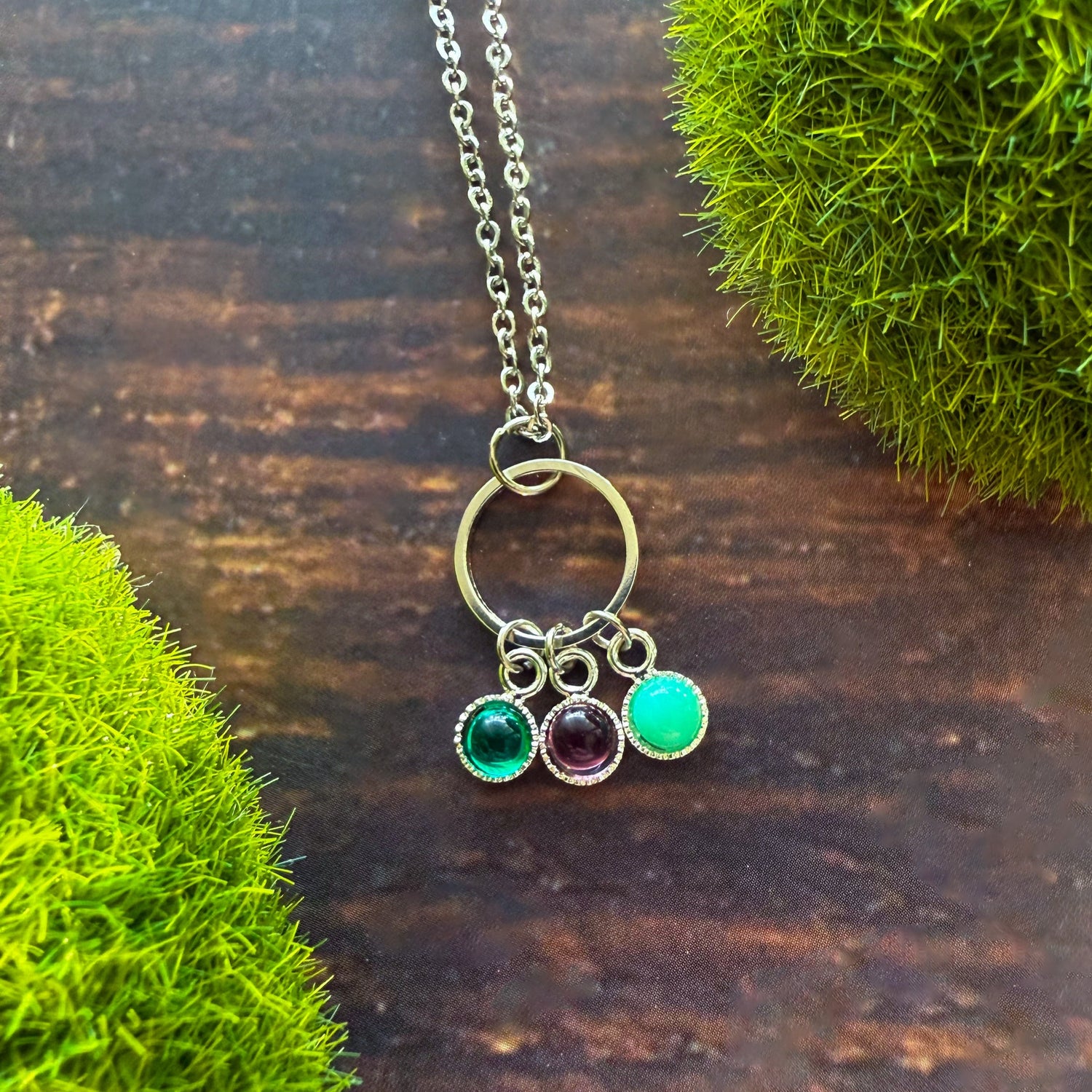
Autumnal Equinox
Share
Happy Autumnal Equinox, Northern Hemisphere dwellers! Although this event doesn’t occur on the same date every year, it does fall (see what I did there?) somewhere between September 21st and 24th. We are getting into the harvest season, so I’m seeing lots of busy farm equipment buzzing around on the roads during my commute. If you haven’t been stuck behind a tractor before, you don’t know what you’re missing. Just kidding. It’s pretty annoying sometimes, but I get that they have a job to do. Thank ya, farmers!
Equinox is derived from the Latin words “aequi”, which means equal, and “nox”, or night. On the equinox (which is twice a year – Vernal is Spring), day and night are of nearly equal length across the globe. As the Earth orbits the Sun, it is doing so at a fixed, tilted angle. For half the year, the North Pole is positioned slightly more towards the Sun, creating longer days for the inhabitants here; and, correspondingly, the Southern Hemisphere receives fewer hours of daylight.
Then, of course, it flip flops. Well, not literally. Could you imagine? Like a snow globe being flipped upside down? Ah, that visual amuses me. The equinox marks the point in the year when this transition occurs. And speaking of (physical) points: the equator is actually the part of the Earth that is closest to the Sun today, rather than the opposing poles. Here in the United States, we tend to call this season Fall because, well, the leaves fall from trees. Fun Fact: the word fall comes from the Old English word feallan, which means “to fall or to die”.
Back in the day, they didn’t have a plethora of methods to keep track of time, but they could measure the Sun’s position geometrically. They noticed that the rising and setting points of the Sun moved slightly day by day throughout the course of the year. The Sun’s northernmost point started the Summer Solstice, and the southernmost point the Winter Solstice. The two days of the year when the Sun rose exactly due East and set exactly due West became the equinoxes.
In Chinese culture, the full moon that falls closest to the autumnal equinox is called the Harvest Moon, and kicks off the Mid-Autumn festival. This celebration dates back to the Shang dynasty when ancient Chinese celebrated the harvest of rice and wheat, making offerings to the moon. Lanterns adorn streets, and family and friends gather to express thanks (perfect timing for the last post about gratitude), and share traditional food, such as round pastries called mooncakes.
Higan, meaning “from the other shore of the Shanzu River”, is a holiday celebrated on the two annual equinoxes by some Japanese Buddhists. During Higan, the Buddhists will return to their hometowns to pay respect to their ancestors. In Buddhist tradition, crossing the mythical Sanzu River represented passing into the afterlife.
The folks of the British Isles have recognized fall festivals as events to express thanks since pagan times. Traditionally, the celebrations were held on the Sunday nearest the Harvest Moon. Modern pagans honor the gifts of the Earth with a jubilant feast called Mabon. To the ancient Greeks, the equinox in September represented the return of the goddess Persephone to the darkness of the underworld, where she and her hubs Hades are reunited.
Finally, today also signals peak viewing of the Aurora Borealis, or Northern Lights. The celestial display of brightly colored lights occurs when charged particles from the Sun spark atoms in the Earth’s atmosphere. The reason the peaks are during the equinoxes is because disturbances in the Earth’s atmosphere, known as geomagnetic storms, are strongest at these times of the year.
Whether you’re salivating for a pumpkin spice latte or beer (I’m unabashedly the latter), or excited to pull out your favorite hoodie or blankie to get super cozy on these cooler nights, I hope this next season brings you many joys and blessings.
xo
B



